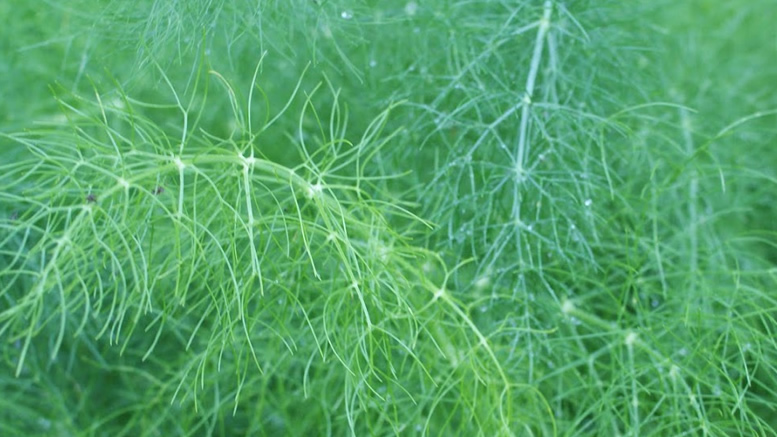Fennel, a perennial plant known for its aromatic leaves and fruits (often called “seeds”), typically grows between 61 to 122 cm (24 to 48 in) tall, adorned with small yellow flowers.
Native to southern Europe and Asia, fennel is cultivated in various regions, including the United States, Great Britain, and temperate Eurasia.
In culinary applications, all parts of the fennel plant are aromatic and utilized for flavoring, with blanched shoots resembling vegetables. Florence fennel, also known as sweet fennel or Italian fennel, is a distinct variety cultivated in southern Europe. Notably, the enlarged bases of Florence fennel leafstalks form bulbous structures, which, when bleached by earthing, are consumed raw or cooked.
Fennel finds widespread use in various cuisines, particularly in Mediterranean, Arabic, Iranian, Indian, and Central European dishes. Its sweet taste complements meat, fish, and seafood dishes, while also enhancing the earthy aroma of bread and adding a distinctive flavor to pickles or vinegar. Although most renowned in France among European countries, fennel’s versatility and unique flavor profile make it an indispensable ingredient in diverse culinary traditions.
In Asian cuisine, particularly in regions influenced by Mediterranean or Middle Eastern culinary styles, fennel is gaining popularity for its aromatic essence and versatile uses. From Indian curries to Iranian stews, fennel seeds or leaves add depth and complexity to dishes, infusing them with their unique flavor profile. Whether toasted, ground, or used fresh, fennel contributes to the rich tapestry of flavors in Asian cooking, enriching culinary experiences with its distinctive aroma and taste.

